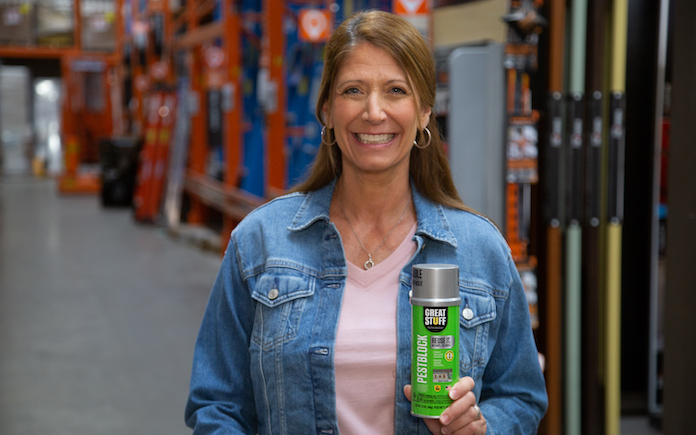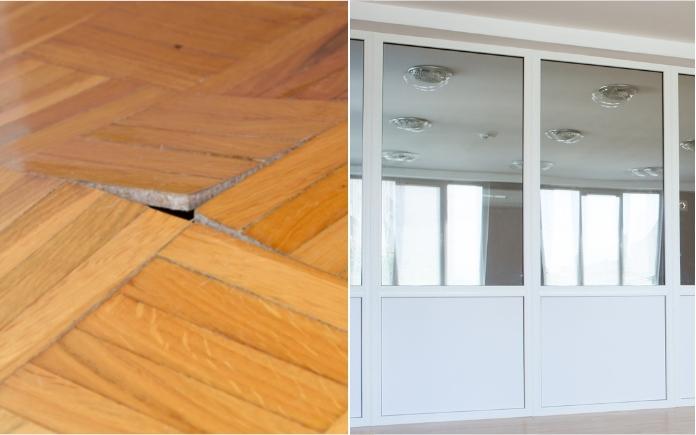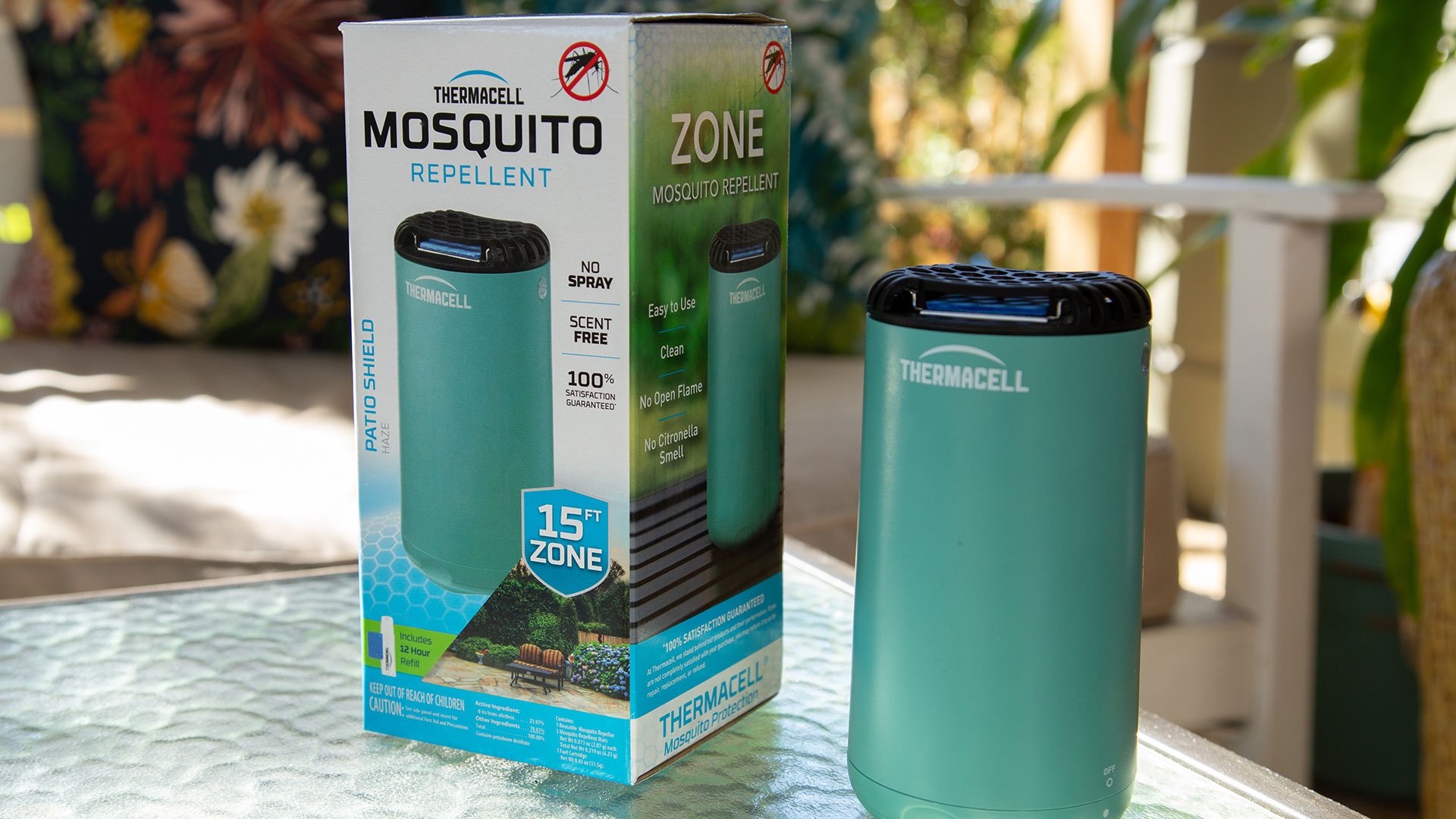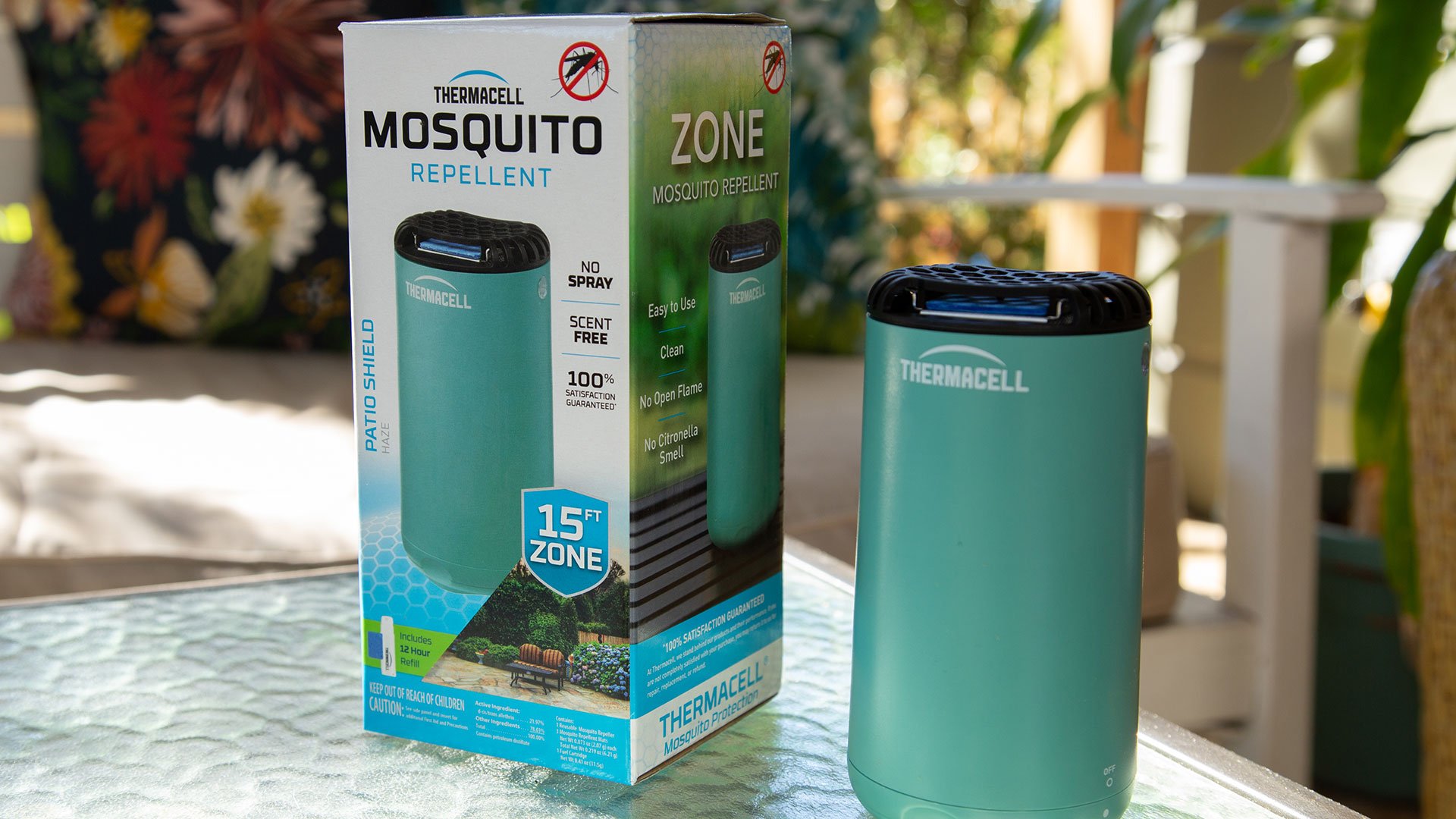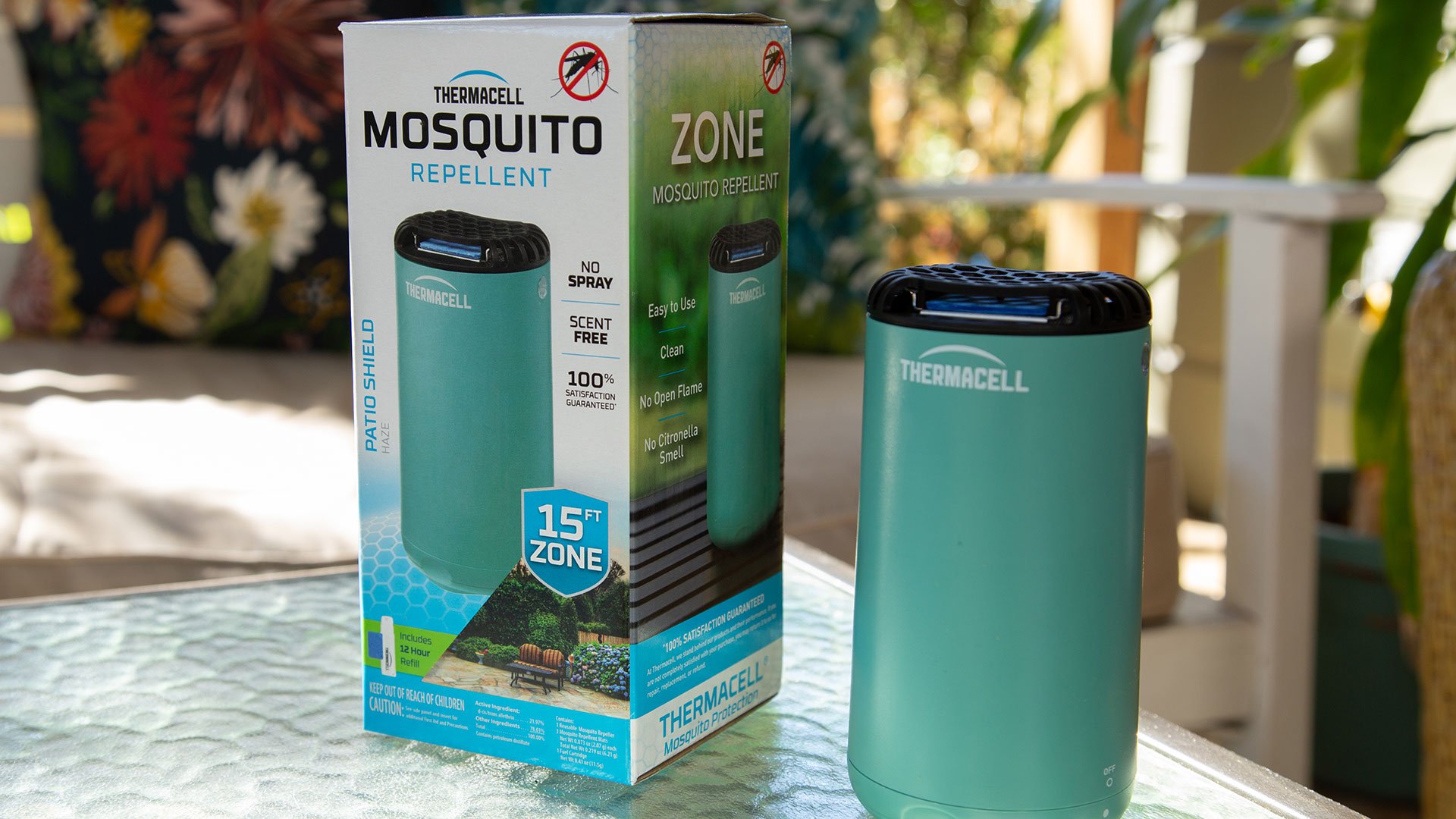Safer’s All-Natural Insect Killer is Perfect for Homes with Pets
Do you hate using toxic chemicals to get rid of pests in your home? Target these uninvited guests with an all-natural insect killer from Safer Brand. Safer Home Ant, Roach & Spider Killer doesn’t contain any harsh chemicals so it’s safe for use around children and pets when used as directed. This page contains affiliate links. … Read more


